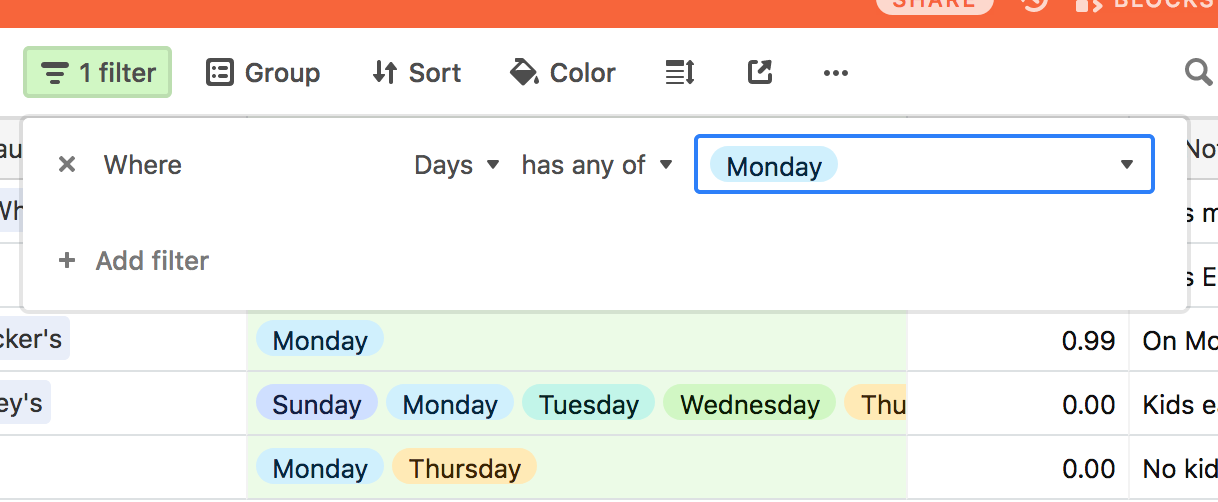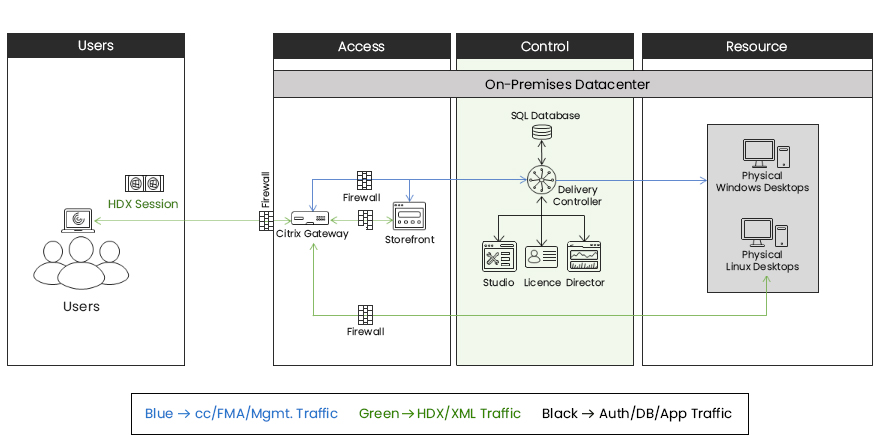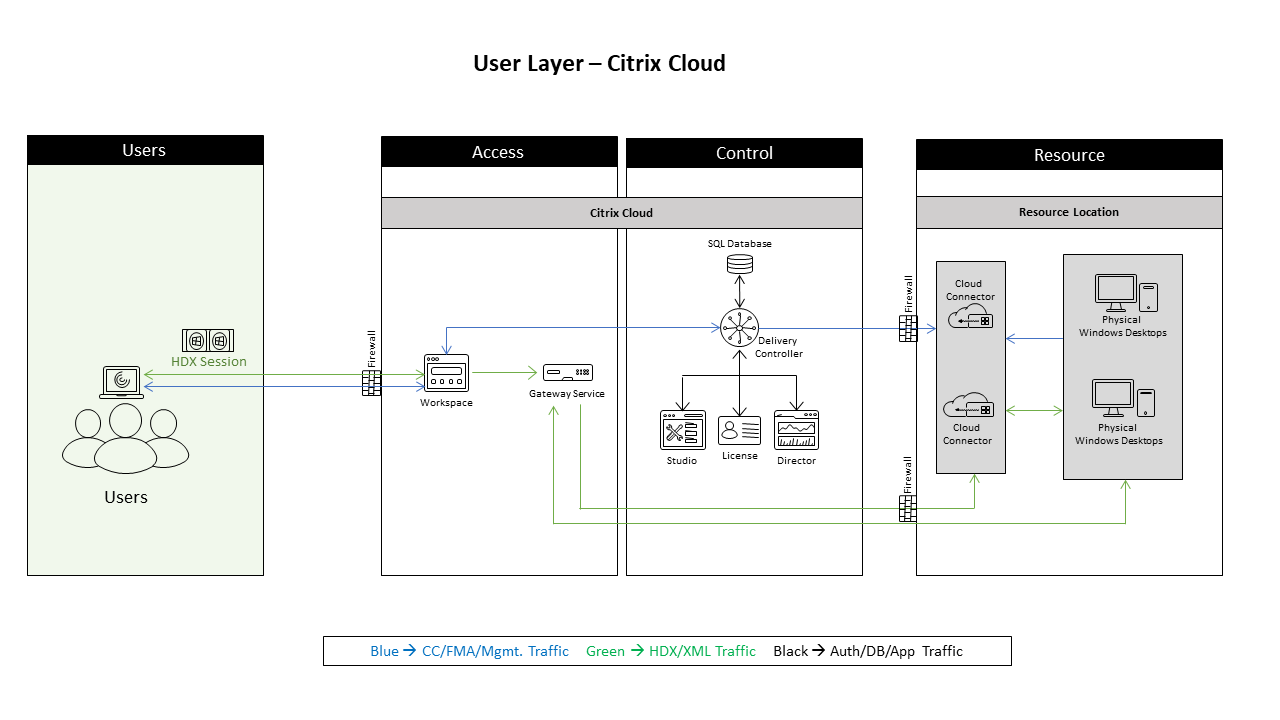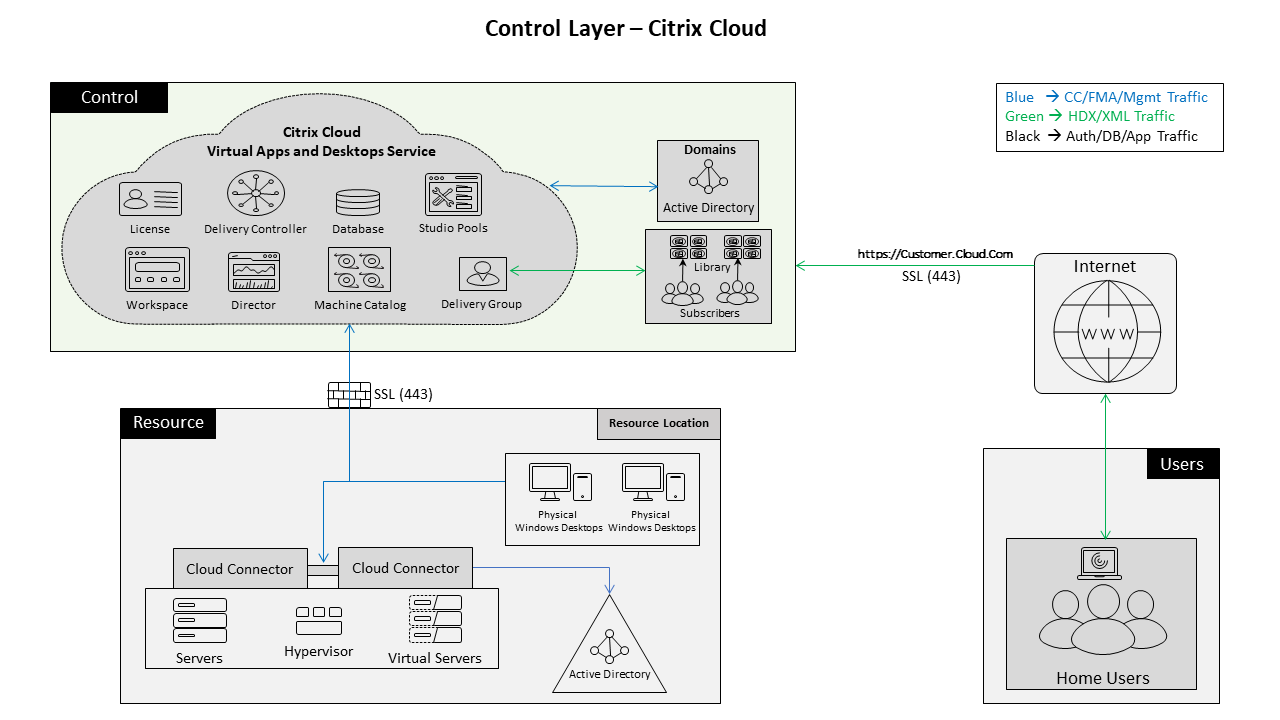To allow a user from non-EU country to access Microsoft Office through Citrix//Remote Desktop, we buy an Open License for that product but don't install the corresponding product anywhere. To allow the same user to run Microsoft Office on their own PC, they need to purchase it locally. For on-premises deployments, Remote PC Access is valid only for Citrix Virtual Apps and Desktops Advanced or Premium licenses. Sessions consume licenses in the same way as other Citrix Virtual Desktops sessions. For Citrix Cloud, Remote PC Access is valid for the Citrix Virtual Apps and Desktops Service and Workspace Premium Plus.
- Remote Pc Access Windows 7
- How To Remote Pc Access
- Citrix Remote Pc Access Licensing Login
- Citrix Remote Pc
This post explains briefly the licensing need-to-knows for XenApp/XenDesktop, PVS and NetScaler. Licensing can at times get confusing as most of you probably know. It can also change, so I'll do my best to keep this updated.

What editions are available for XenDesktop?
XenDesktop 7.13 comes in three editions:
- Platinum
- Enterprise
- VDI
What editions are available for XenApp?
Remote Pc Access Windows 7
XenApp 7.13 comes in four editions:
- Platinum
- Enterprise
- Advanced
- Secure Browser
What licensing models are available for XenApp?
Citrix XenApp Secure Browser, Advanced, Enterprise and Platinum editions come with a:
- Concurrent licensing model.
What licensing models are available for XenDesktop?
XenDesktop comes with a:
- User/Device model.
- Concurrent User licensing model.
What is a Concurrent license model?
Concurrent counts for the number of people logged on at any given time. If you have 200 users logged on to Citrix XenApp, 200 licenses will be checked out from the Citrix License Server. If 50 users log off, those licenses are checked back in to the license pool.
Say for example you have 1000 staff but only around 300 are currently connected at any time. It may be cheaper to buy 300 Concurrent licenses than it would be to buy 1000 User/Device licenses.
What is a User/Device license model?
The Device/User model would be focused on the companies who have set shift patterns. Maybe you have 50 staff such as in a school that all work 9-5 Monday to Friday. Licenses are assigned to a User or Device for 90 days before being released back in to the pool. If a user uses multiple devices then the Citrix License Server assigns a user license. If a device is shared among multiple users then the Citrix License Server assigns a device license. This results in your licenses being assigned most efficiently. An administrator can revoke a license manually by using the udamin utility, quite like you can do with RDS CALs.

Note: The udadmin command line utility is found on your Licensing Server, within the LS directory.
What about LTSR versions of XenApp and XenDesktop?
LTSR for XenApp and XenDesktop uses the same editions as above however is a benefit of Customer Success Services (previously Software Maintenance). This means that customers must have this entitlement to run an LTSR version of XenApp and XenDesktop. What is LTSR? https://www.jgspiers.com/what-is-long-term-service-release/
XenDesktop licenses cover rights to run Session Based Server OS VDAs:
If you do purchase XenDesktop licenses, you also get XenApp rights. This means you can deploy XenApp hosted applications or desktops running on server Operating Systems and mix your site with virtual desktops running desktop Operating Systems. If you buy XenApp, you don't get XenDesktop rights.

It is actually cheaper to purchase XenDesktop licenses, and since it gives you XenApp rights aswell you get dual benefits.
How To Remote Pc Access
If you already have XenApp licenses, and want the ability to deliver XenDesktop down the line, you can use what is called the Citrix trade-up program which allows you to transform your XenApp licenses in to XenDesktop licenses. Citrix also have a two for one offer (at this time of writing) on trading XenApp licenses for XenDesktop. This means that for 250 XenApp licenses, you could get 500 XenDesktop User/Device licenses, or for 250 XenApp licenses you could get 250 Concurrent XenDesktop licenses. You could make savings of up to 60% or more. Citrix state that customers trading all their XenApp licenses at once will get the best savings. It is possible to trade a subset of XenApp licenses at any time.
- Concurrent – This license is only consumed for the duration of the active session. A user can, on any device, make a connection to one virtual desktop and unlimited virtual applications. Once the user has finished and the session has ended the license is released back to the pool.
- User/Device – Licenses are uniquely assigned to either a user or device. If assigned to a device, it allows unlimited user connections from that device. If assigned to a user, it allows that one user unlimited connections from any device.
Citrix License Server ports:
- TCP 27000 – License Server port.
- TCP 7279 – Vendor Daemon – strict licensing only.
- TCP 8082 – Citrix License Administration Console.
- TCP 8083 – Director and Studio license integration.

What editions are available for XenDesktop?
XenDesktop 7.13 comes in three editions:
- Platinum
- Enterprise
- VDI
What editions are available for XenApp?
Remote Pc Access Windows 7
XenApp 7.13 comes in four editions:
- Platinum
- Enterprise
- Advanced
- Secure Browser
What licensing models are available for XenApp?
Citrix XenApp Secure Browser, Advanced, Enterprise and Platinum editions come with a:
- Concurrent licensing model.
What licensing models are available for XenDesktop?
XenDesktop comes with a:
- User/Device model.
- Concurrent User licensing model.
What is a Concurrent license model?
Concurrent counts for the number of people logged on at any given time. If you have 200 users logged on to Citrix XenApp, 200 licenses will be checked out from the Citrix License Server. If 50 users log off, those licenses are checked back in to the license pool.
Say for example you have 1000 staff but only around 300 are currently connected at any time. It may be cheaper to buy 300 Concurrent licenses than it would be to buy 1000 User/Device licenses.
What is a User/Device license model?
The Device/User model would be focused on the companies who have set shift patterns. Maybe you have 50 staff such as in a school that all work 9-5 Monday to Friday. Licenses are assigned to a User or Device for 90 days before being released back in to the pool. If a user uses multiple devices then the Citrix License Server assigns a user license. If a device is shared among multiple users then the Citrix License Server assigns a device license. This results in your licenses being assigned most efficiently. An administrator can revoke a license manually by using the udamin utility, quite like you can do with RDS CALs.
Note: The udadmin command line utility is found on your Licensing Server, within the LS directory.
What about LTSR versions of XenApp and XenDesktop?
LTSR for XenApp and XenDesktop uses the same editions as above however is a benefit of Customer Success Services (previously Software Maintenance). This means that customers must have this entitlement to run an LTSR version of XenApp and XenDesktop. What is LTSR? https://www.jgspiers.com/what-is-long-term-service-release/
XenDesktop licenses cover rights to run Session Based Server OS VDAs:
If you do purchase XenDesktop licenses, you also get XenApp rights. This means you can deploy XenApp hosted applications or desktops running on server Operating Systems and mix your site with virtual desktops running desktop Operating Systems. If you buy XenApp, you don't get XenDesktop rights.
It is actually cheaper to purchase XenDesktop licenses, and since it gives you XenApp rights aswell you get dual benefits.
How To Remote Pc Access
If you already have XenApp licenses, and want the ability to deliver XenDesktop down the line, you can use what is called the Citrix trade-up program which allows you to transform your XenApp licenses in to XenDesktop licenses. Citrix also have a two for one offer (at this time of writing) on trading XenApp licenses for XenDesktop. This means that for 250 XenApp licenses, you could get 500 XenDesktop User/Device licenses, or for 250 XenApp licenses you could get 250 Concurrent XenDesktop licenses. You could make savings of up to 60% or more. Citrix state that customers trading all their XenApp licenses at once will get the best savings. It is possible to trade a subset of XenApp licenses at any time.
- Concurrent – This license is only consumed for the duration of the active session. A user can, on any device, make a connection to one virtual desktop and unlimited virtual applications. Once the user has finished and the session has ended the license is released back to the pool.
- User/Device – Licenses are uniquely assigned to either a user or device. If assigned to a device, it allows unlimited user connections from that device. If assigned to a user, it allows that one user unlimited connections from any device.
Citrix License Server ports:
- TCP 27000 – License Server port.
- TCP 7279 – Vendor Daemon – strict licensing only.
- TCP 8082 – Citrix License Administration Console.
- TCP 8083 – Director and Studio license integration.
Citrix Success Services (previously Software Maintenance and Subscription Advantage):
Licenses must be purchased with Citrix Success Services, previously Subscription Advantage or Software Maintenance from a minimum of one year from delivery.
- Software Maintenance (Customer Success Services) – Provides you with technical support from Citrix for the likes of XenApp, XenDesktop and Provisioning Services etc.
- Subscription Advantage (Customer Success Services) – Entitles you to free upgrades whilst the Subscription Advantage license is still in date. This means if you have purchased XenApp 7.6 in August 2015 and 7.7 is released in December 2015, you are entitled to a free upgrade. If however 7.8 is released in December 2016 (yes I know it wasn't) you won't be eligible for a free upgrade as your Subscription Advantage contract will have expired in August 2016 if you did not renew.
See here for Subscription Advantage dates – http://support.citrix.com/article/CTX111618
Citrix Remote Pc Access Licensing Login
User/Device License Overdraft and Concurrent Grace Period:
Under User/Device licensing models you will be temporarily granted additional licenses (called overdraft licenses) should you experience unexpected growth or usage spikes (10% allowance). This gives you time to make additional license purchases without compromising service. Concurrent licensing models does not have this benefit. Overdraft usage is reported in Studio. If you have 100 User/Device licenses, you would be granted to an additional 10 if your site enters overdraft.
The Concurrent licensing model comes with a 15-day grace period for license count exceeding users. After the 15 days are up any user connecting that exceeds the license count will be denied access.
Multiple License Editions and License Models under one Citrix Site:
A Citrix site can only support one licensing edition and licensing model if using FMA versions prior to XenApp and XenDesktop 7.14. If using XenApp and XenDesktop 7.14+ you have the option of using license types per Delivery Group. That means DeliveryGroup1 could run Concurrent and DeliveryGroup2 could run User/Device. Another example is DeliveryGroup1 running XenApp Platinum Concurrent and DeliveryGroup2 running XenDesktop Platinum User/Device.
You cannot have DeliveryGroup1 running XenDesktop Enterprise and DeliveryGroup2 running XenDesktop Platinum. That requires a separate Citrix Site. Delivery Groups that are not configured for licensing use the site license. If a site is licensed for XenDesktop Platinum for example, all Delivery Groups must run Platinum level licensing, but that can be XenApp or Concurrent/User/Device mixtures etc.
Key features and their supported license types needed to run:
- Provisioning Services:
- XenDesktop VDI, Enterprise and Platinum.
- XenApp Platinum or Enterprise (applications on desktop OS only).
- Skype for Business Optimization Pack:
- XenDesktop or XenApp Enterprise or Platinum
- Citrix App Layering:
- XenDesktop all editions.
- XenApp all editions apart from Secure Browser edition.
- Citrix App Layering with App Portability and User Layers:
- XenApp and XenDesktop Platinum.
- Remote PC Access:
- XenDesktop Enterprise or Platinum.
- XenServer:
- All editions of XenApp and XenDesktop. All features of XenServer 7.1 Enterprise are available with any version of XenApp or XenDesktop. Previously only XenApp and XenDesktop Platinum versions unlocked certain features.
- Note: XenServer comes with rights to deploy supporting infrastructure services such as Active Directory and SQL, as long as these services are purposely serving the Citrix infrastructure solely and they are deployed on the same resource pools as your Citrix environment.
- All editions of XenApp and XenDesktop. All features of XenServer 7.1 Enterprise are available with any version of XenApp or XenDesktop. Previously only XenApp and XenDesktop Platinum versions unlocked certain features.
- Workspace Environment Management:
- XenDesktop Enterprise and Platinum customers with active Customer Success Services (previously Software Maintenance).
- SCOM monitoring:
- XenDesktop or XenApp Platinum with active Customer Success Services (previously Software Maintenance).
- Citrix Director in XenApp/XenDesktop 7.12 for Enterprise customers can store up to 31 days of historical analytic data. Previously all versions apart from Platinum stored up to 7 days of trend data for XenDesktop or XenApp. Platinum previously and currently can store up to a years worth of historical data and includes the ability to integrate NetScaler HDX Insight in to the Directoy console for easy viewing. Some features in Director are only available with Platinum licenses, such as custom reporting.
- Linux Hosted Shared:
- XenApp and XenDesktop Enterprise or Platinum.
- Linux Hosted VDI Desktops:
- XenDesktop Enterprise or Platinum.
Note: If your license server goes offline you enter a 30 day grace period, production is not affected during this time.
For comparisions on XenApp/XenDesktop editions, refer to the feature matrix at https://www.citrix.com/go/products/xendesktop/feature-matrix.html
Microsoft licensing requirements: (Subject to change)
- RDS CALs when using Session Hosts running Windows Server. Only User or Device models are currently offered.
- Virtual Enterprise Centralized Desktop (VECD) or Windows Virtual Desktop Access (VDA) licenses when hosting or streaming desktop OS. VDA is available through Volume Licensing.
- VDI Suite when using Hyper-V hosting VM desktops.
NetScaler:
NetScaler comes in a:
- physical appliance (MPX).
- physical with virtual appliances running on XenServer (SDX).
- virtual (VPX).
- CPX (containerised).
Customer Success Services must be purchased with every new VPX product licenses for one year from the delivery.
Appliance Maintenance must be purchased for physical appliances.
Citrix Remote Pc
NetScaler VPX/MPX has three license editions:
- Platinum.
- Enterprise.
- Standard.
- NetScaler Gateway.
NetScaler Gateway has three license editions – Standard, Advanced, Enterprise.
For comparisions on NetScaler editions, refer to the feature matrix at https://www.citrix.com/content/dam/citrix/en_us/documents/products-solutions/netscaler-data-sheet.pdf
Universal Licenses are also required for things such as SmartAccess, EPA Scans and Clientless Access. 5 Universal Licenses come with NetScaler Gateway, Standard and Enterprise edition. 100 CCU Universal licenses come with NetScaler Platinum edition.
Note: NetScaler firmware version 11.1 build 49.x and above come with 500 CCU Universal Licenses on Standard NetScaler edition, 1000 for Enterprise and Unlimited for Platinum.
Platinum XenApp & XenDesktop customers get a CCU license for every Platinum XenApp/XenDesktop license they have.

